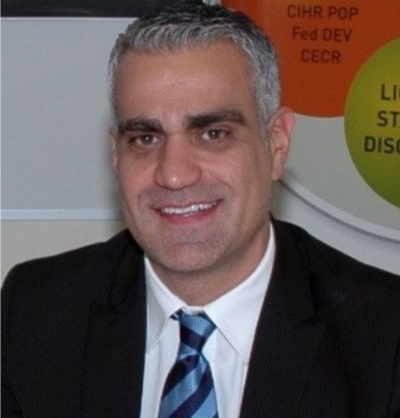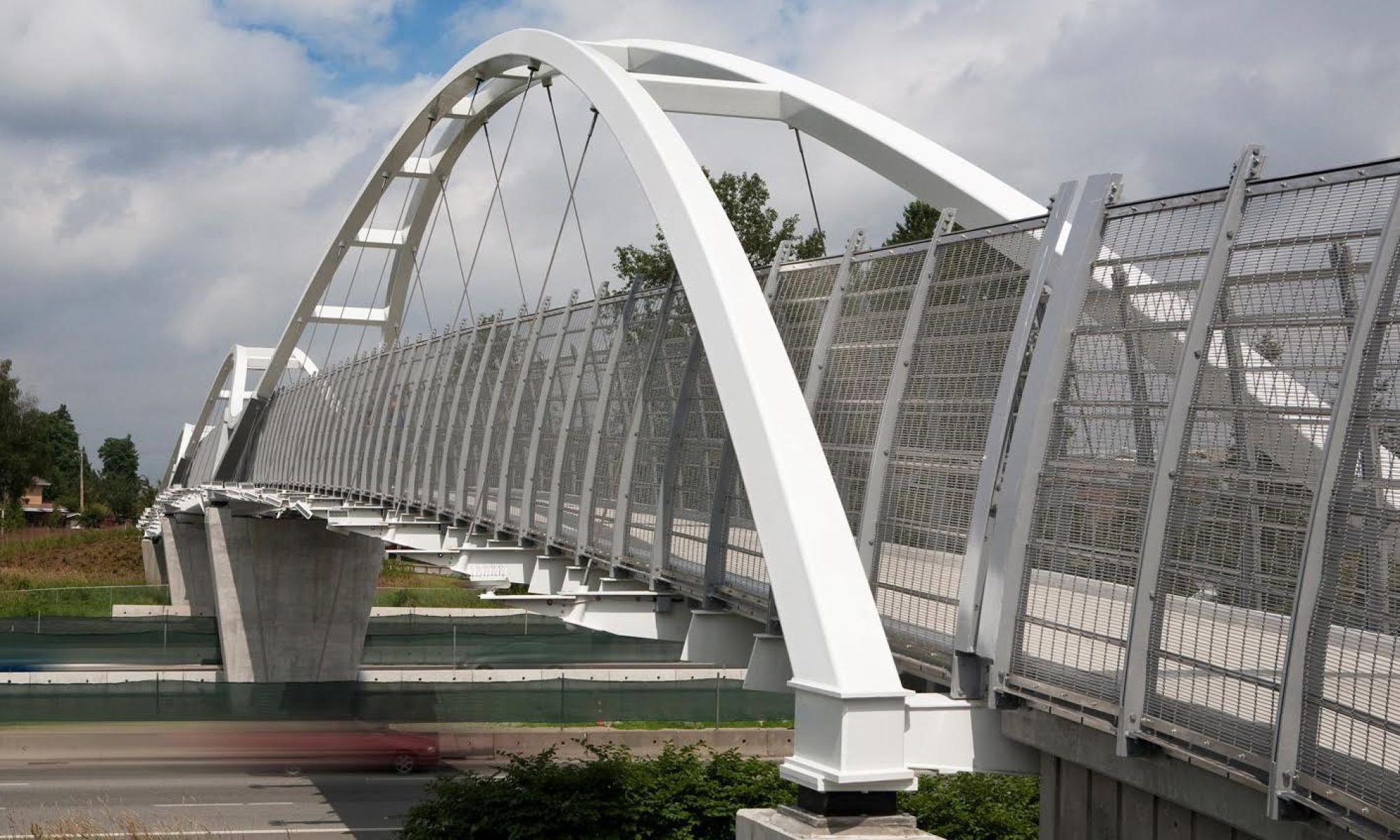Description
Date: Thursday – May 25, 2023
Time: Refreshments 6:00pm, Presentation 6:30pm
Venue: HSBC Hall at UBC Robson Square, 800 Robson Street, Vancouver
Cost: Free for SEABC Members; $85 for Guests and Non-Members
Dr. Christopoulos will present high-performance solid-state damping systems, for improved wind, seismic and overall vibration response of buildings and civil structures. Solid-state viscoelastic damping materials are layered as solid bodies in-between steel plates which are then anchored to building structures in a multitude of configurations. As the structure undergoes vibrations, the steel plates shear the viscoelastic material causing polymer chains to deform. As the polymer chains deform they exhibit both elastic deformation dependent and viscous velocity-dependent forces. They offer advantages over other damping systems as the solid nature of the damping eliminates device compliance issues found in fluid dampers, allowing them to be effective over a larger range of deformations without having to be tuned to a specific displacement range. Because they provide damping as well as an elastic restoring force they can be used to couple the response of structural members increasing their overall global lateral load-resisting effectiveness. Solid-state damping materials (generally viscoelastic in nature), were the first damping systems used in civil applications, as early as 1969 in the World Trade Center towers. After initial development in the U.S. in the 1980s and 1990s, 3M Japan developed new generations of these materials with enhanced energy dissipation, stiffness, bonding and temperature properties with implementation in 300+ buildings for earthquake and wind damping. After more recent uses in the areas of automotive and aerospace damping, the layering of the polymers to achieve larger forces and stiffness as well as novel ways to position them in common structural systems have greatly enhanced their effectiveness in buildings.
More details in the event flyer.
|
About the presenter: Constantin Christopoulos, P.Eng., Ph.D.; Professor and Director, University of Toronto |
 |
| Dr. Christopoulos is the Director of Structures Testing Facility at the University of Toronto and the Chief Technical Advisor at Kinetica. He has been working in the area of high-performing damping and isolation systems for over 25 years. He has authored over 200 technical papers, reports and articles and co-authored two textbooks used in graduate courses around the world: “Principles of Supplemental Damping and Seismic Isolation” and “Elements of Earthquake Engineering and Structural Dynamics”. He has been a key member of several international high-profile consulting projects involving the implementation and testing of isolation and damping systems. | |


